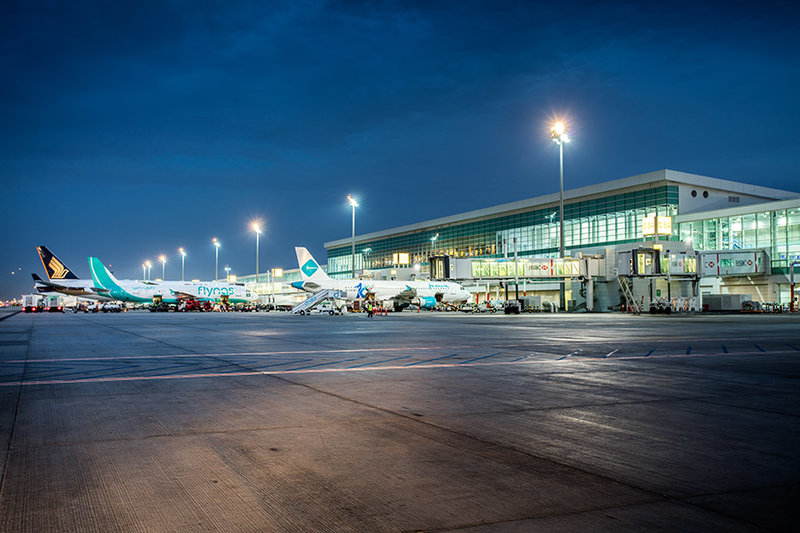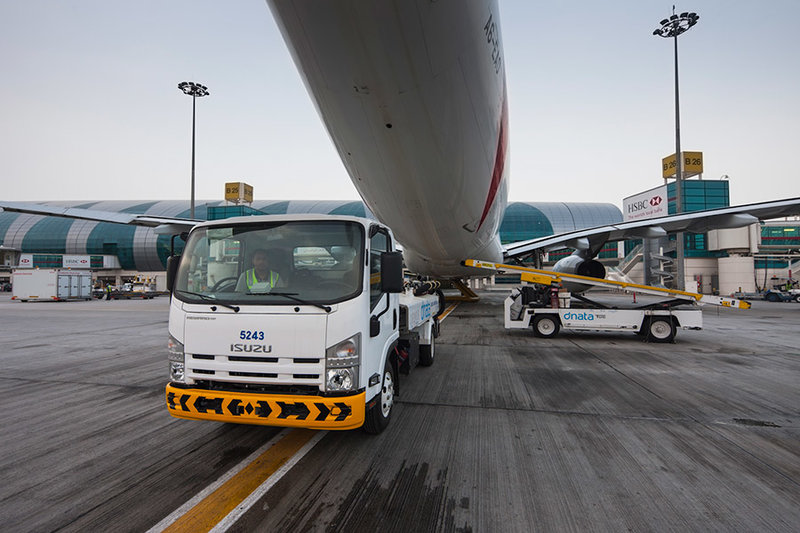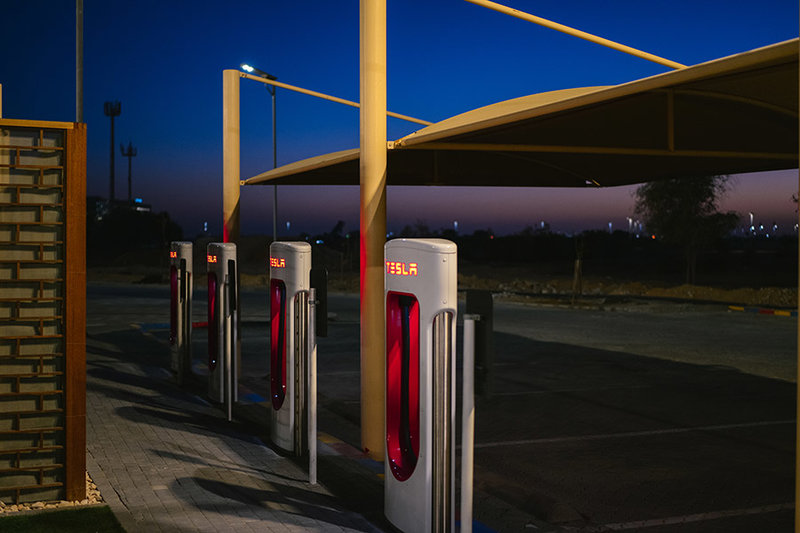environment
Smart moves: Dubai sets the standard for green airports
In line with wider commitments to reduce carbon emissions in the city, Dubai Airports will be deploying new data analytics and smart building technology, which could guarantee energy savings of almost 20% per year. Ross Davies reports
A
s operator of Dubai International Airport – the largest airport in the world in terms of passenger traffic – Dubai Airports has been conspicuous for a while now in its efforts to project a clean image.
Given that most operators today are eager to burnish their green credentials, this makes Dubai’s recent achievements in reducing its carbon footprint particularly impressive.
Last year it was reported that the group achieved total energy savings of 5.17 million kWh in 2016 across Dubai International and its sister hub Dubai World Central – the equivalent of powering 235 households for an entire year.
On 25 March last year, the two airports also participated in the Earth Hour event, during which landmarks across the world switched off their lights to draw attention to climate change.
The aforementioned energy savings were achieved through a range of initiatives, including the addition of solar panels on Dubai International’s Concourse D building, which opened in 2016. Over the last couple of years, the operator has also made progress in replacing traditional lighting with more energy-efficient LEDs.
Image courtesy of Sorbis / Shutterstock.com
Getting smart: Dubai partners with Siemens for seven-year project
The operator doesn’t appear to be resting on its laurels either. In May, Dubai Airports announced that it would be introducing smart building technology and data analytics to further cut its energy consumption – and in turn reduce its environmental footprint.
The technology, developed by Siemens, is set to ensure energy savings of close to 20% a year, according to the operator. The project, which is expected to last seven years, will see the solution installed across Dubai International’s Terminals 1,2 and 3, as well as Concourse B.
The focus will primarily be on the facilities’ air and water systems, with the goal to reduce carbon dioxide emissions by 25,000 tonnes, as well as saving roughly 50 gigawatt hours of electricity and 21 million gallons of water.
Made up of multi-components, including sensors, intelligent controls and water fixtures, the technology will be integrated into the airport’s air and water systems to optimise air-handling units, as well as the chilled water system, fresh air plant, and supply and exhaust fan systems.

LED lights at Concourse D. Image courtesy of Dubai Airports
“Sustainability underpins our facility management strategy and these energy and water savings have the double benefit of limiting our environmental footprint and improving our bottom line,” said Michael Ibbitson, executive vice president of infrastructure and technology at Dubai Airports.
“As longstanding partners, Siemens understands our business, our systems and has the expertise and technology needed to help us deliver our vision.”
Over the next seven years, the project’s design, supply, installation and commissioning will be carried out by Siemens.
“By optimising technical infrastructure at Dubai International and providing enhanced control and data analytics, we are able to guarantee significant resource savings with sustainable environmental and financial benefits,” said Markus Strohmeier, senior executive vice president of building technologies, Siemens Middle East.
“We recognise that Dubai Airports operates mission-critical infrastructure and we are committed to using technology and expertise to ensure it is functioning at its most efficient.”
The technology, developed by Siemens, is set to ensure energy savings of close to 20% a year
State example: Dubai’s wider environmental commitments
As a state-run entity, Dubai Airport’s ongoing green commitments also tie into the emirate’s wider goals to reduce its energy consumption by 30% by 2030, as set out by the government.
In truth, the strategy, launched in 2016 by ruler Sheikh Mohammed, could have come earlier, given that the region emitted roughly 199.65 million tonnes of CO2 and greenhouse gases in 2013.
According to a United Arab Emirates energy report from around the same period, 22% of carbon emissions in Dubai were attributable to its transportation industry. While no official figures exist, it’s highly likely that the city’s international airport was a fairly sizable contributor to this percentage.

Airside operations at Dubai International. Image courtesy of Dubai Airports
Prior to the Siemens announcement in February, Dubai Airports also announced that going forward it will only be purchasing green vehicles, in a pledge co-signed by the Dubai Civil Aviation Authority and Emirates Group.
This again is linked to a wider governmental initiative, known as the ‘Green Mobility Initiative’, which encourages the use of hybrid and electric vehicles as part of the city-state’s vision to be become a ‘smart city’.
Dubai is aiming for the share of hybrid and electric vehicles to be around 2% of the entirety of registered vehicles by 2020, rising to 10% by 2030. If this percentage is achieved, the government estimates fuel savings in the region of three billion litres – 5% of total consumption – by 2030.
Dubai is aiming for the share of hybrid and electric vehicles to be around 2% of the entirety of registered vehicles by 2020
Green fleet: hybrid and electric vehicles to be arriving soon
Run by airlines, control authorities and ground handling services provider dnata, Dubai International currently has a fleet of 6,345 ground service vehicles operating on its premises. These vehicles include water tankers, tow tractors and forklifts – as well as a number of already-green automobiles, including BMW hybrid limousines for VIP services and a fleet of Tesla taxis operated by Dubai Road and Transport Authority.
The goal is to convert Dubai International’s portion of the airport fleet, consisting of 352 vehicles, to “green options” by 2023, according to Ibbitson in a statement at the time.
This, however, won’t include tow tractors, scissor lift trucks and ground power units, as “there are no hybrid or electric options” – although “we are calling on manufacturers to address these gaps and come up with cost effective, environmentally friendly alternatives”.

Image courtesy of Kazzazm / Shutterstock.com
“Our goal is to get greener faster. Together we have pledged to buy green going forward with a goal to replace the entire fleet with environmentally friendly options by the end of the next decade,” said Ibbitson.
“As a provider of infrastructure, Dubai Airports will also do its part by providing charging and fuelling stations to power the fleets operated by our stakeholders. All other members of the aviation community are equally behind this effort.”
Dubai International currently has a fleet of 6,345 ground service vehicles operating on its premises